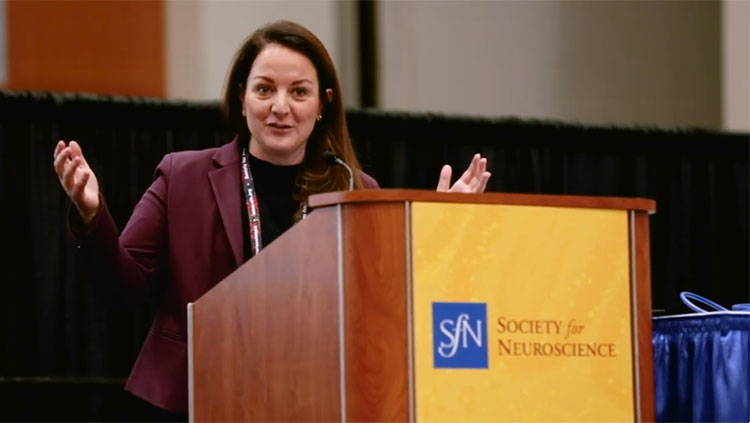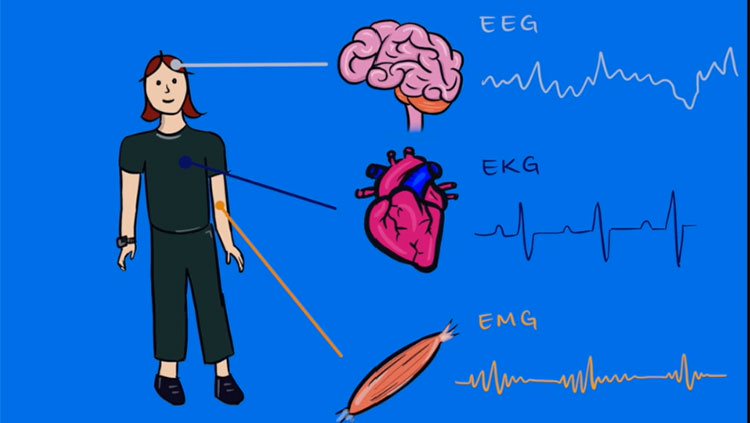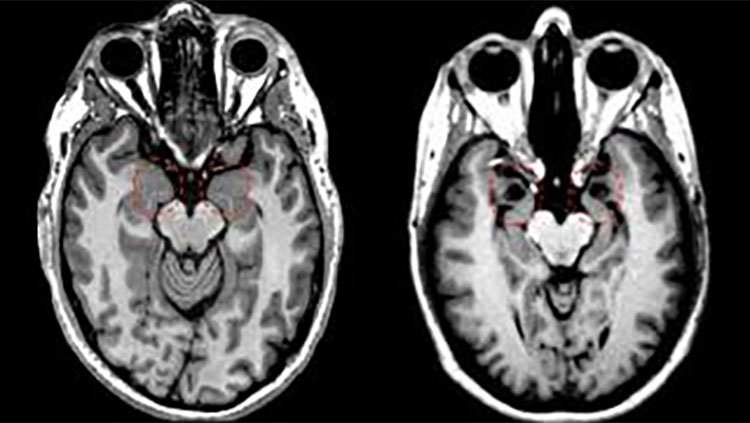Population Coding: Mind Reading and More!
- Published18 Oct 2013
- Reviewed18 Oct 2013
- Source BrainFacts/SfN
Is it possible to read minds using science? While scientists cannot read thoughts, they are able to anticipate more basic neural responses through a process called population coding. Watch this video by Vania Cao, who recently defended her PhD thesis at Brown University, to learn about population coding. Discover how scientists use this process to “read” minds and make bionic limbs move. This video tied for second place in the 2013 Brain Awareness Video Contest.
CONTENT PROVIDED BY
BrainFacts/SfN
Transcript
Is it really possible to mind-read with science?
To control computers, hooked up to a brain-reading appliance?
“How do we link thoughts with tools?” you want to know
So let’s learn about the neural population code!
When we take a peek inside your skull
We’re in really, really noisy trouble
Electrical signals from each neuron we find
Communicate with other neurons to create our mind
Billions of neurons make electrical storms
And each neuron’s electrical signal has different shapes and forms
How do we know which cells respond to a stimulus or thought?
Let’s record their electrical activities and give this a shot!
Text and Narration: Vania Cao
Illustrations: Vania Cao
Clipart: Microsoft Office Images
Background music: “Lips” by Plurabelle, CC license
Using electrodes, we listen to motor cortex cells, important for action
They fire when we plan, rehearse or produce active locomotion
While some will be silent, many others will fire
This “on” or “off” pattern we can acquire
As an easy way to compare their activities, as a group
Here, we identify if neurons as “on” or “off”, shown in yellow or blue
Now ask a friend to think: “Move hand to the left” and then
Let’s record 25 of her motor cortex neurons , again and again:
To the left
To the left
To the left
To the left
Now we know when she thinks “left” what each neuron does
And then when she thinks "Move hand to the right", they go all abuzz
To the right
To the right
To the right
To the right
And you have a code from her neurons, and it’s quite a sight!
Now we know her code for “move left” and “move right”
The firing activities of her neurons gave us this insight
Now tell your friend to silently think “left” or “right” and what do you see?
We can ‘read her mind’ based on the group’s past activation history
This code looks like the code for “move left”
Is that what she was thinking? Yep, you bet!
Let’s try that again. She thinks, we record:
What was she thinking?
“To the right”! Yes, you scored!
And you find that you’ve just read her mind!
Now this might seem like just a cute parlor trick
After eavesdropping on her brain, to know what direction she will pick.
But listening in on a neural population
To know what neurons do in different situations
Is how we understand our brain's population code
And more than just guessing-games can unfold
Population codes help patients who suffered serious harm
To control machines with their thoughts and move robotic arms!
By "mind-reading" like before? Yep!
Hook your friend’s brain up to an arm and put it to the test!
We can record her cells again to figure out their firing pattern
When she thinks different thoughts and tries to make different actions
Then we tell a computer to record as she thinks “left left left”
It translates her brain’s code to move “left” into robotic deft-ness
And lo and behold: she can move a ‘bot with a thought!
Or a cursor or a wheelchair, there’s the potential to do a lot!
Studying neural population codes is a way to decode the brain, so complex
And interact with it through prosthetics and external objects
We can translate the votes of many neurons into one
To control our bodies or computers, that’s how it’s done
So while we can't read minds directly without many clues
Studying population codes can make some dreams come true
Up in each of our heads, we have many neural ciphers that link
Up the brain and the body whenever you or I think
While it’s amazing what current knowledge of the brain has bestowed
We still have a lot to learn about neural population codes!

















